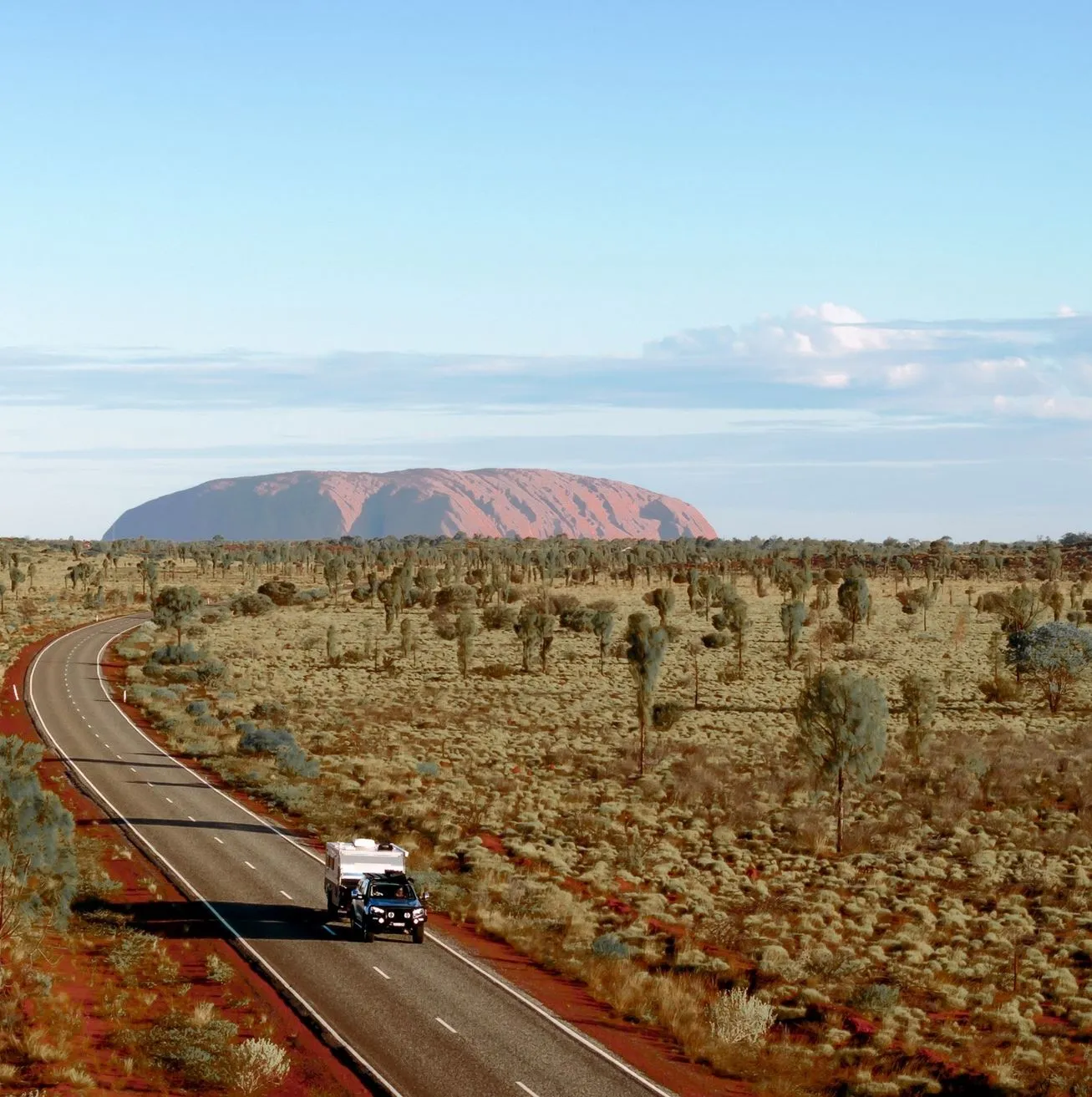Ayers Rock, also known as Uluru, is one of Australia’s biggest natural wonders and attracts visitors from all over the world. While it’s a great place to visit all year round, many people wonder if it’s safe to visit Uluru in summer. Summer in Central Australia is from December to February, hot and dry. Here’s everything you need to know about visiting Uluru in summer, including weather, must-do’s and essential safety tips for a great and safe trip.
Uluru’s Summer
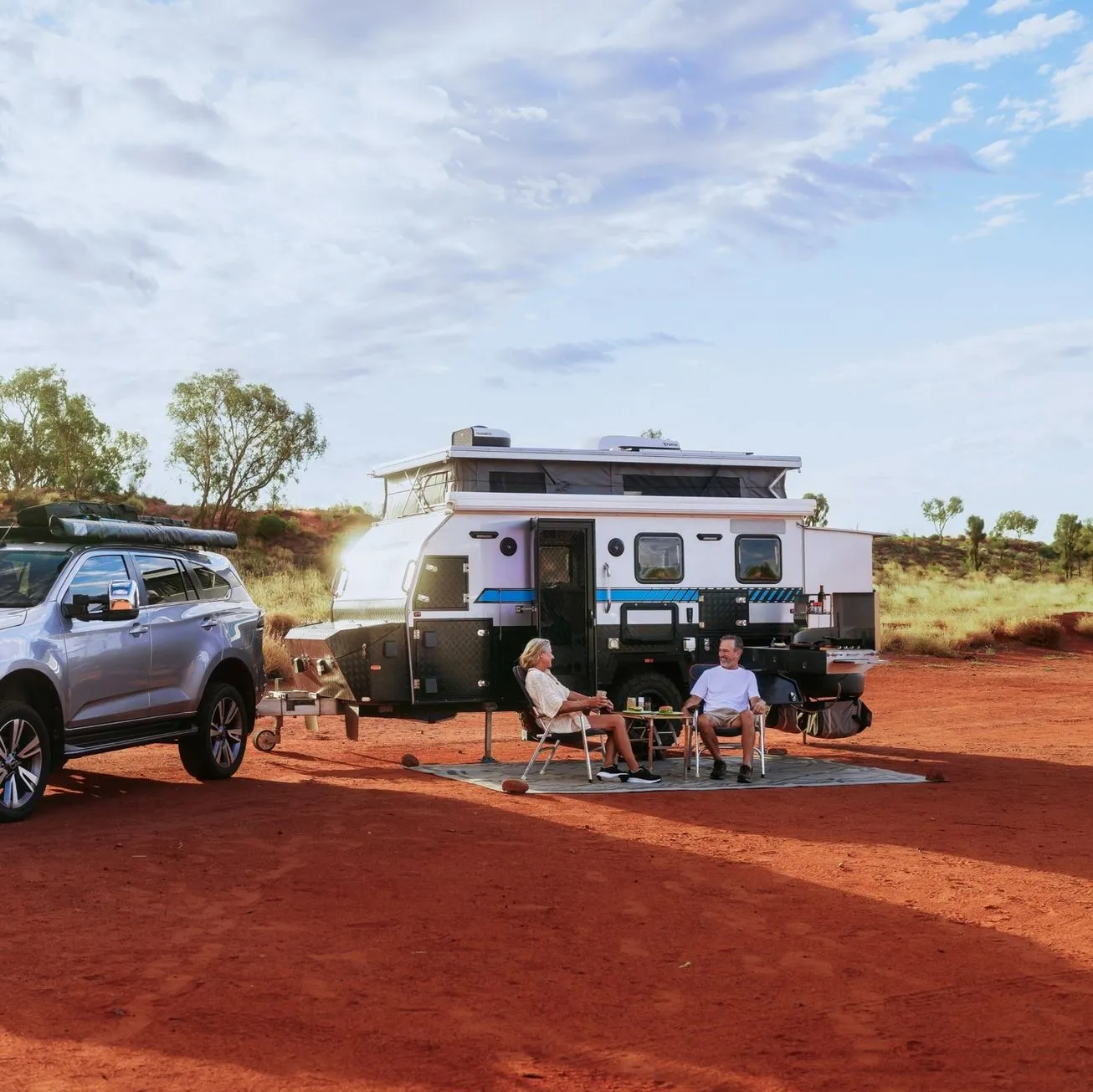
Summer in Uluru is hot, sunsets are bright, and sometimes it rains. Temperatures get up to 45°C (113°F), dry and arid desert conditions. But when summer rain arrives, the landscape changes dramatically, waterholes fill, and the desert comes alive with green. Despite the heat, this is also the best time to see the natural wonders; sunrises are more vivid, and night skies are clearer. Summer is the wettest time of the year. Rain creates waterfalls cascading down Uluru.
Uluru tours allow you to see the natural and cultural wonder of one of Australia’s biggest landmarks.
Weather:
- Heat: 35°C to 45°C (95°F to 113°F) during the day, one of the hottest times to visit.
- Rain: Dry but brief but intense rain storms can occur and create waterfalls cascading down the rock.
- Humidity: Dry desert but can get humid during rain.
- Longer Days: Early sun rise and late sun set, more daylight hours to explore.
A Destination Worth Exploring
1. Summer is Sunset Season
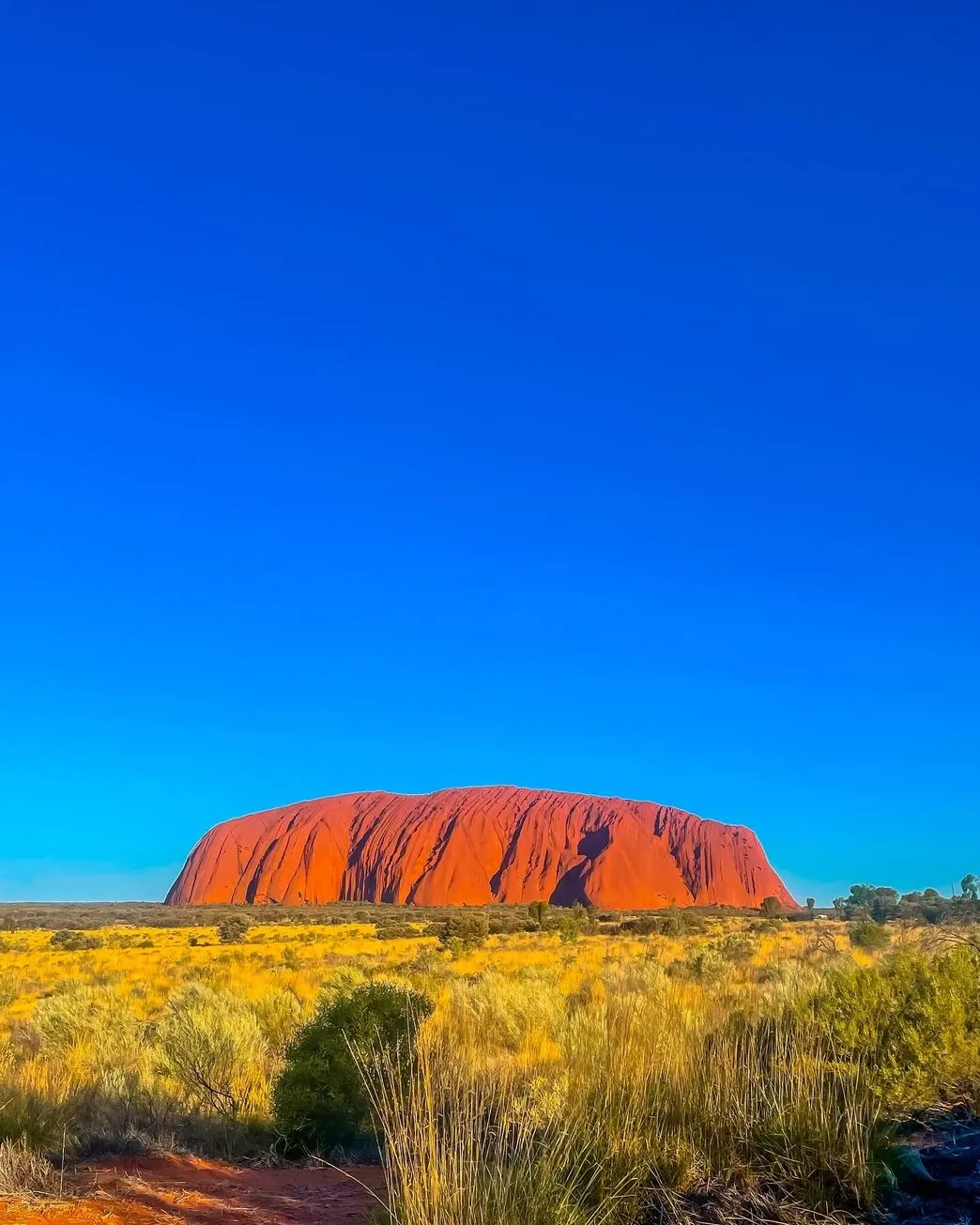
One of the best things about Uluru is the changing colours at sunrise and sunset. Summer brings more vibrant reds, purples and oranges because of the atmosphere. The sky is painted with soft pinks and blues, and it’s a photographer’s and nature lover’s paradise. Sunset viewing is one of the top experiences at the Uluru Sunset Viewing Area.
2. Wildlife
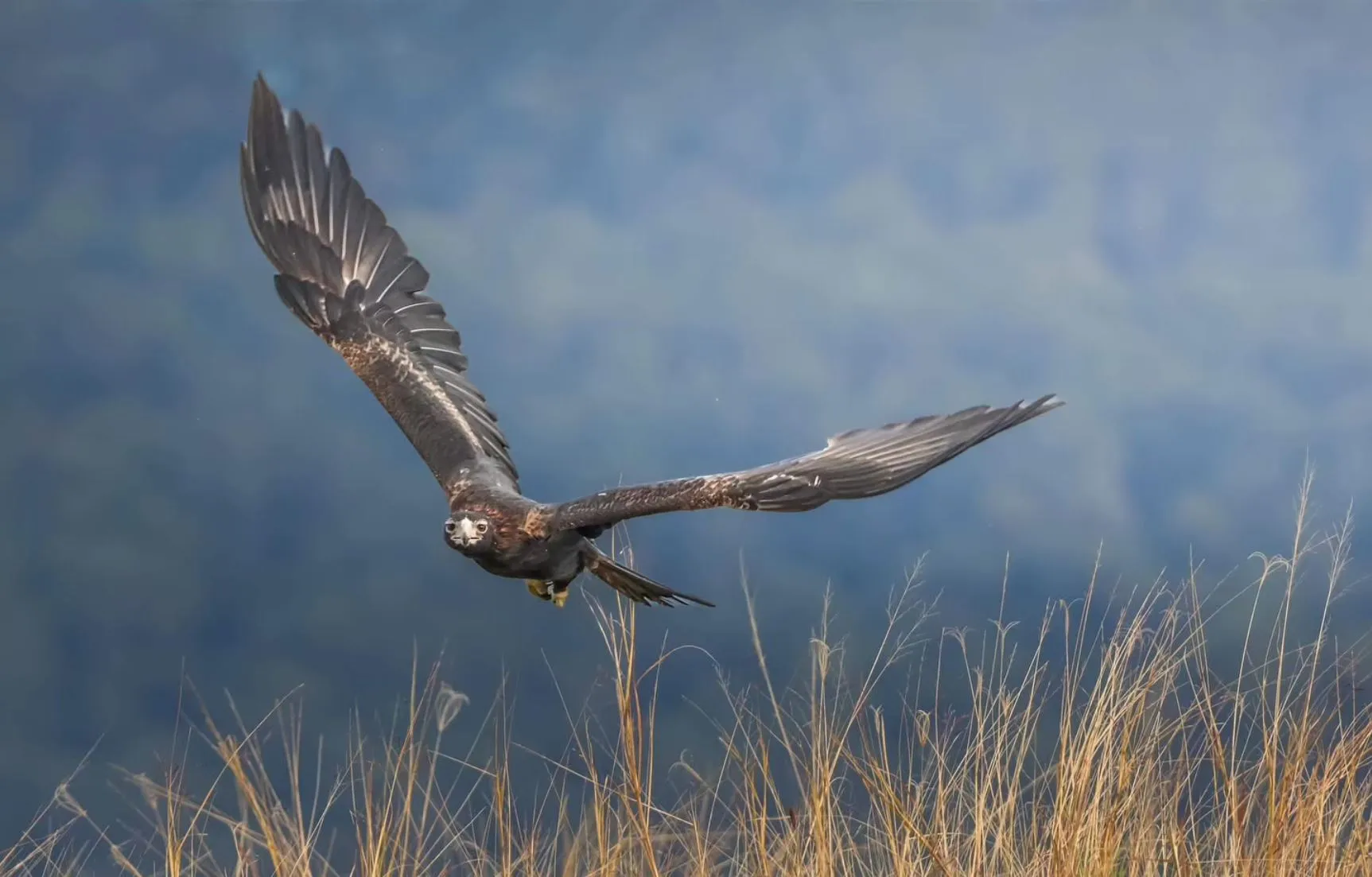
Despite the heat, Uluru’s wildlife is still active, especially during the cooler parts of the day. Kangaroos, emus and lizards can be seen in the morning and afternoon. Birdwatchers will love the galahs, zebra finches and wedge-tailed eagles that live here. Summer rains bring out the frogs and other aquatic creatures around the waterholes. Tjuta National Park is another great spot to see wildlife in their natural habitat.
3. Less People!
Summer is the low season in Uluru. Unlike autumn and spring, there are fewer tourists. Perfect for those who want a more peaceful and less crowded experience. You’ll have the best spots for sunrise and sunset without fighting for the perfect shot. Fewer visitors means more intimate guided tours and experiences. Skip the peak season prices at the Ayers Rock Resort and get cheaper accommodation with more availability.
4. Rain
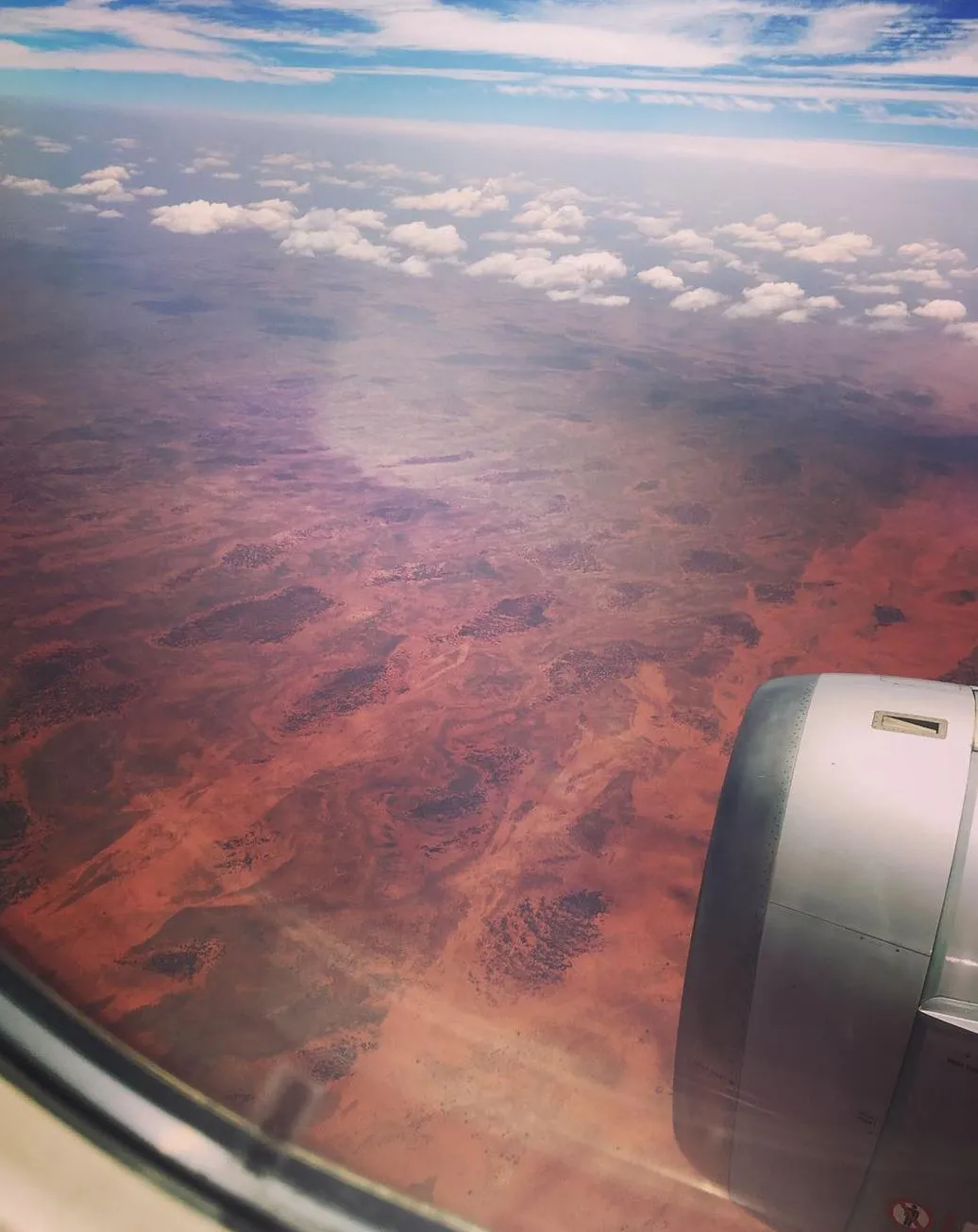
Rain at Uluru is a rare and special experience. When it does rain, waterfalls flow down the sides of the rock, and it comes alive. The desert’s red sand is dotted with wildflowers, and the landscape is dramatic and colourful. Seeing Uluru in the rain is a once-in-a-lifetime experience for many travellers. This is one of the only times you’ll see this 500 million-year-old monolith in a new light.
5. More Time
Summer’s longer days mean more time to play. Sunrises start at 5:30 am, and sunsets can go past 8:00 pm. You can fit in multiple activities, from early morning walks to late evening stargazing tours. Bring water, hiking boots and warm clothes for the evening and make the most of your time at Uluru.
Must Do’s
1. Visit the Galleries and Museums
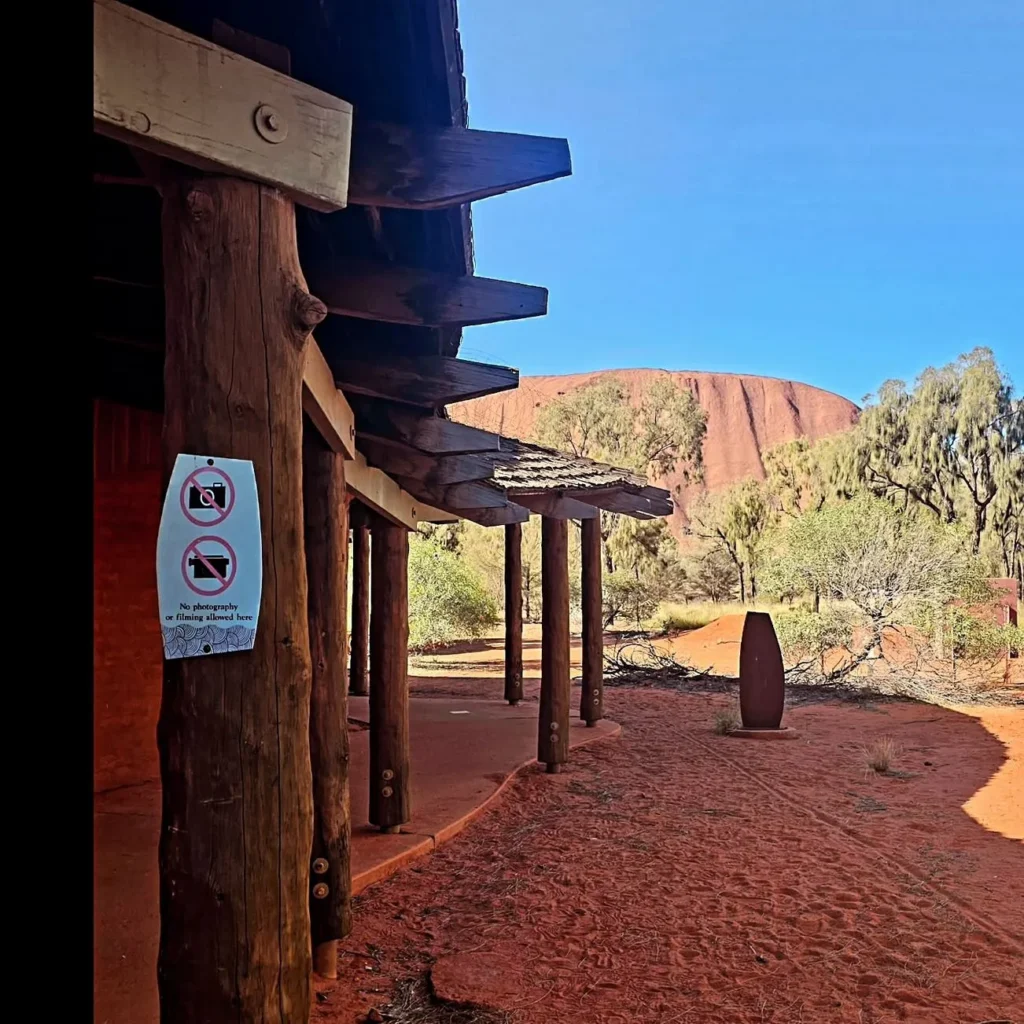
Get out of the midday sun and discover the history of the region. Maruku Arts and Uluru-Kata Tjuta Cultural Centre have Indigenous art, stories and history. Learn about Uluru to the Anangu people and support local Indigenous artists.
2. Cool off at a Waterhole
Waterholes like Mutitjulu and other natural swimming spots are refreshed after summer rain. Swimming is not allowed in sacred waterholes, but Alice Springs has swimming pools, lagoons and water activities to cool off.
3. See Central Australian Wildlife
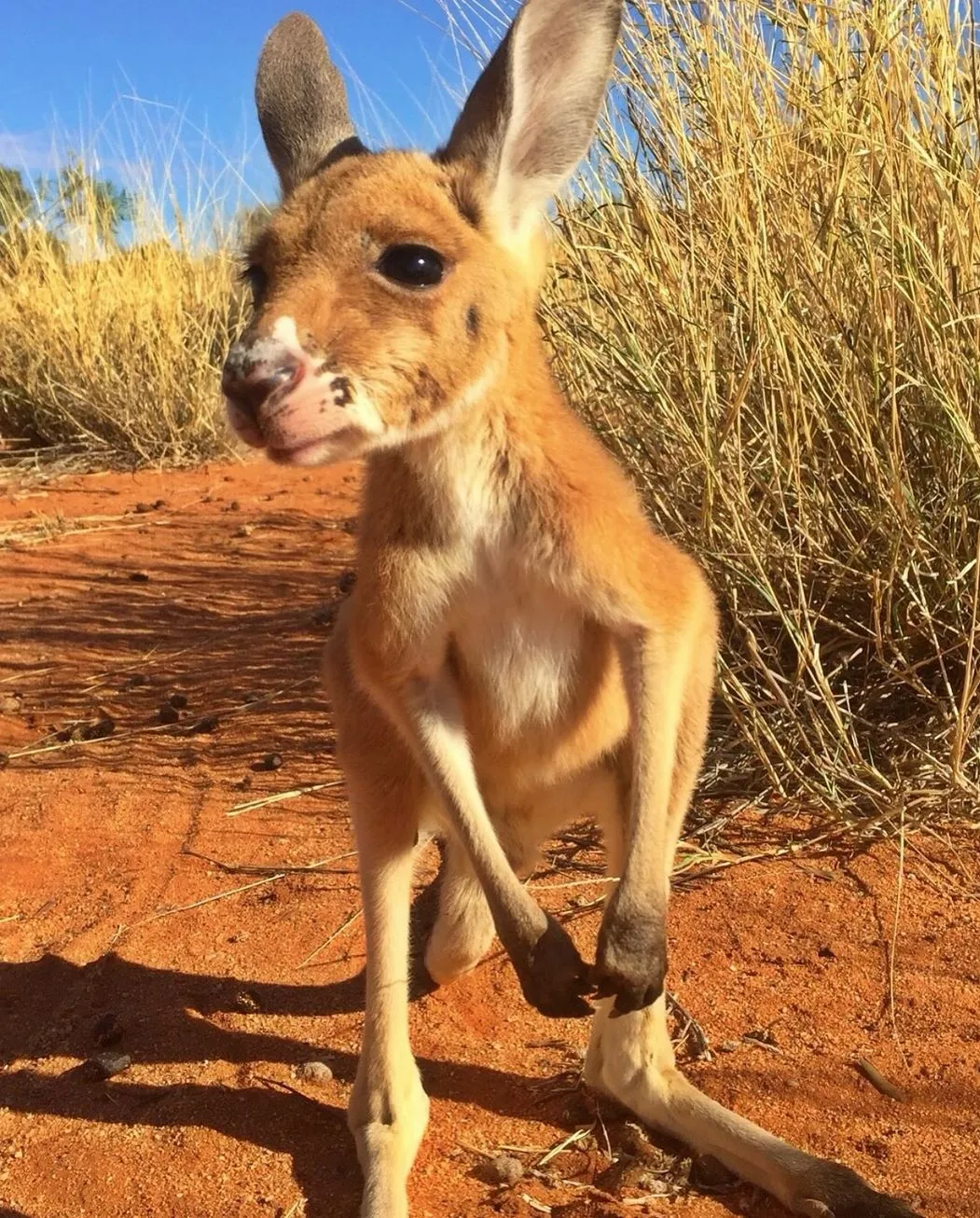
Take a guided nature walk during the cooler parts of the day to see Australia’s unique wildlife in action. Look out for kangaroos, rock wallabies and native birds. These tours also give insight into how desert creatures survive in this environment.
4. Field of Light Installation
Bruce Munro’s Field of Light installation is a must-see. Over 50,000 spheres light up the desert at night. Summer’s longer evenings are the perfect time to see this beauty after dark.
5. Stargazing Tours
With less light pollution and clear desert skies, stargazing at Uluru is a once-in-a-lifetime experience. Join a stargazing tour where local guides will use telescopes to show you constellations, planets and the Milky Way. Summer nights are mild, and the views of the stars are crystal clear.
Sun and Desert Safety
When visiting Uluru in the summer, make sure you stay hydrated. Bring at least 1 litre of water per person and avoid caffeinated drinks as they will dehydrate you more. Wear comfortable shoes, hiking boots and a wide-brimmed hat to protect yourself from the sun. Always carry a water bottle and avoid strenuous activity during the hottest part of the day to prevent heat exhaustion.
Bushwalking & Waterhole Safety
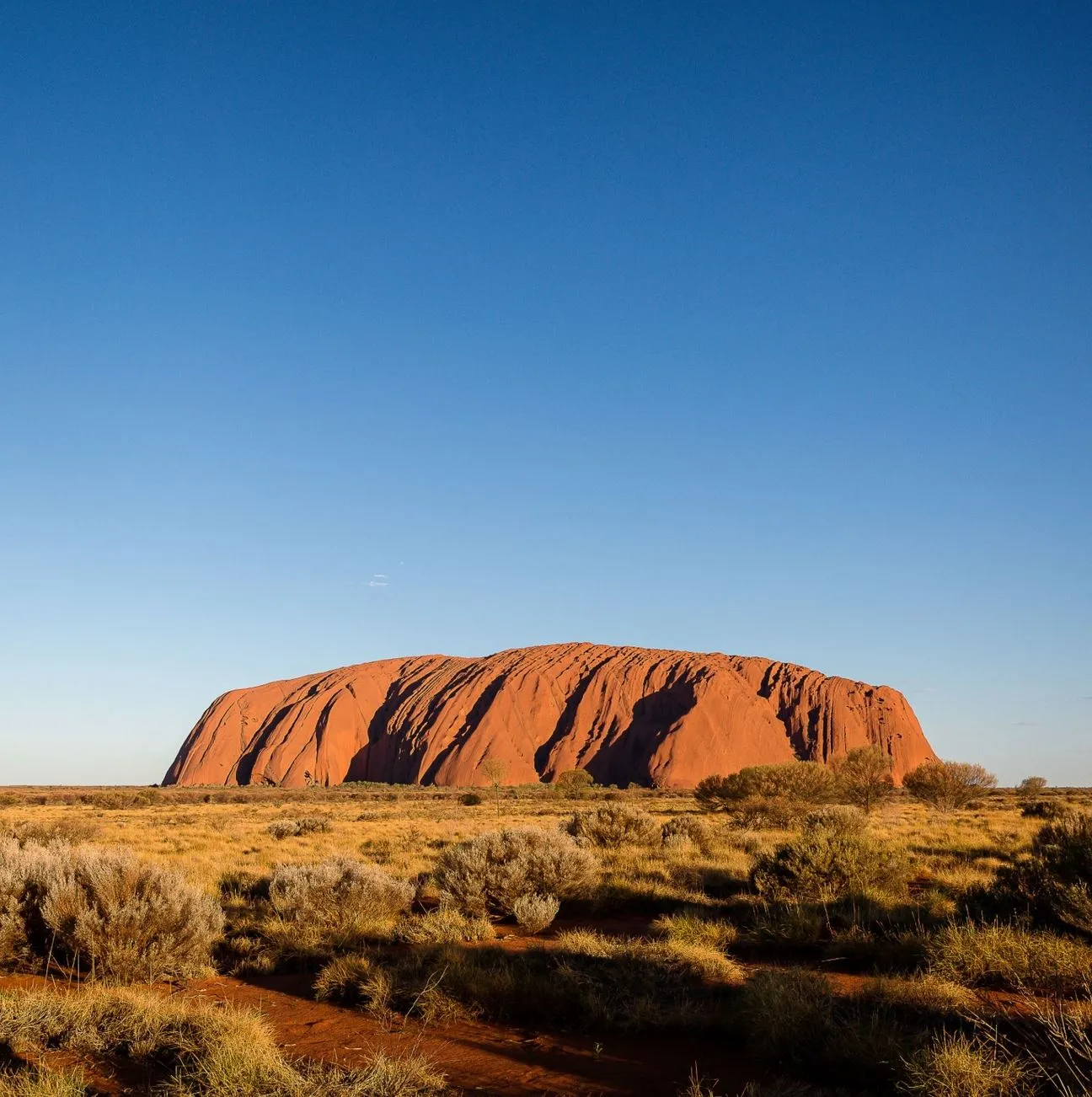
Bushwalking – stay on the trails and tracks so you don’t get lost in the desert. Waterholes – check with local guides for safety advice before swimming.
Heat Stroke
Know the signs of heat stroke, dizziness or excessive sweating. Take breaks, stay hydrated, and stay out of the midday sun to avoid heat-related illnesses.
Book Your Stay
Before you go, book your stay at Ayers Rock Resort, where you will find something to suit every budget. Book early, especially during school holidays and peak season, as prices will be higher during these times. If you are flying into Ayers Rock Airport, make sure to book regular flights early to get the best rates.
Summary
Summer is a great time to visit Uluru if you take the necessary precautions to stay safe in the heat. With fewer crowds, longer days and amazing natural and cultural attractions, summer is a special time to visit the spiritual heart of Australia. Follow the safety tips and plan your visit around the cooler parts of the day. You will see the full Uluru, so stay safe.
FAQ
When to visit Uluru in the summer?
Early morning and late afternoon.
Can I walk around Uluru in the summer?
Yes, but not in the middle of the day. Bring water and comfortable shoes.
What should I bring to stay safe in the heat?
Water, wide-brimmed hat, sunscreen, comfortable shoes. Stay hydrated and avoid caffeine.
Are there any special things to do in Uluru in the summer?
Sunset viewings, Field of Light, wildlife spotting, stargazing tours.
Is Uluru busy in the summer?
No summer is quieter than peak season.
